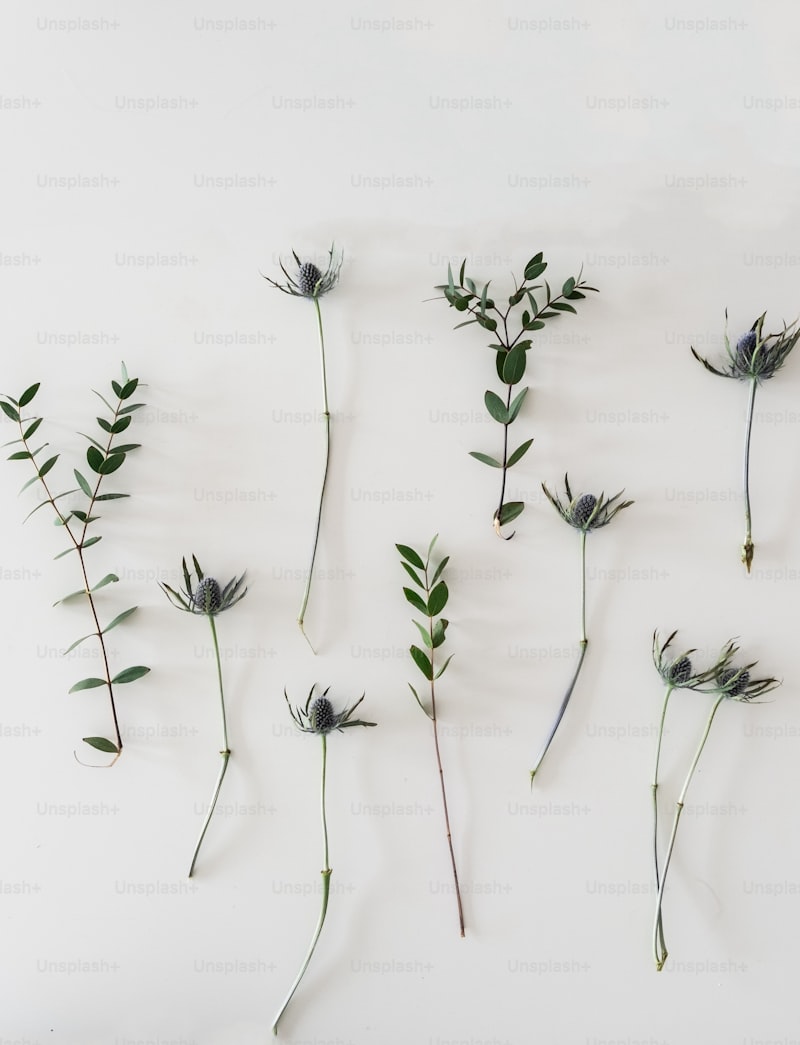Seasonal Floral Color Matches: The Ultimate Guide to Perfecting Your Floral Arrangements
Introduction to Seasonal Floral Color Matches
Floral arrangements are more than just a collection of pretty flowers; they are a way to express emotions, enhance spaces, and celebrate seasons. Understanding Seasonal Floral Color Matches can elevate your flower arrangement skills, allowing you to create stunning displays that delight the senses. This guide will delve into the principles of color theory, seasonal infusions, and practical tips to achieve the best floral combinations each season.
Color Theory Basics
Before diving into seasonal considerations, it’s crucial to understand the basics of color theory. Colors can evoke various emotions and create different atmospheres. Here are some essential concepts:
| Color Wheel | Shows primary, secondary, and tertiary colors. |
| Complementary Colors | Colors that are opposite each other on the color wheel. |
| Analogous Colors | Colors that are next to each other on the wheel. |
| Warm Colors | Colors like red, orange, and yellow. |
| Cool Colors | Colors like blue, green, and purple. |
Utilizing these principles assists in crafting visually appealing arrangements that resonate with seasonal themes.
Spring: A Season of Renewal
Spring heralds a resurgence of color and life after the long winter months. Popular flowers during this season include tulips, daffodils, and cherry blossoms, often in pastel shades. Seasonal Floral Color Matches in spring focus on soft hues that depict freshness and optimism.
For instance, combining pale pink tulips with white daisies and lavender creates an appealing and tranquil arrangement. Various other combinations to consider include:
- Pastel Pink + Mint Green + Soft Yellow
- Light Blue + Cream + Lilac
- Coral + Ivory + Sage Green

Practical Tips for Spring Arrangements
When creating your spring arrangements, consider adding foliage like ferns or grass for texture and depth. Additionally, selecting the right vase can elevate your display; clear glass vases are a popular choice as they enhance the colors of the flowers.
Summer: Bright and Bold
Summer is synonymous with vibrant colors and diverse blooms. Sunflowers, roses, and dahlias take center stage, allowing for rich color choices. The key to Seasonal Floral Color Matches in summer is to embrace bold, saturated colors that reflect the season’s energy.
Some delightful combinations include:
- Hot Pink + Bright Orange + Lemon Yellow
- Royal Blue + Sunflower Yellow + Deep Purple
- Coral + Bright Green + Cream
Summer Arrangement Tips
In summer, aim for loose arrangements that showcase the flowers’ natural beauty. Consider using vibrant ribbons to add an extra pop of color, and don't shy away from mixing different textures—combine smooth petals with spiky foliage for visual interest.
Autumn: Warmth and Earthy Tones
As leaves turn to rich reds, oranges, and yellows, autumn brings a warm, cozy palette. This season is perfect for incorporating seasonal fruits like pumpkins and gourds into your floral arrangements. Popular flowers include chrysanthemums, marigolds, and gladiolus, which beautifully complement autumnal colors.
Effective Seasonal Floral Color Matches for autumn can include:
- Burnt Orange + Deep Red + Olive Green
- Mustard Yellow + Burgundy + Dark Brown
- Rust + Cream + Sage
Tips for Autumn Arrangements
When arranging autumn flowers, consider using natural elements like branches and pinecones. This adds depth and a rustic touch to your designs. Opt for containers made from natural materials like wood or ceramic to complement the earthy tones of the season.
Winter: Elegant Simplicity
Winter is a time for tranquility and reflection, often inspiring floral arrangements that feature cooler color palettes. Popular blooms during the winter months include amaryllis, poinsettias, and evergreen sprigs. Whites, silvers, and deep reds characterize the winter color palette, creating an elegant and serene look.
Ideal combinations for winter arrangements include:
- White + Silver + Deep Red
- Ice Blue + Gray + Dark Green
- Pale Pink + Ivory + Soft Blue
Winter Arrangement Tips
When creating winter-themed floral arrangements, consider incorporating elements like sequined ornaments or frosted blooms for a touch of sparkle. Also, using a minimalist approach with fewer flowers can create a striking, modern look that embodies the elegance of winter.
Conclusion: Mastering Seasonal Floral Color Matches
Understanding Seasonal Floral Color Matches is essential for anyone interested in flower arranging. By embracing the unique colors and characteristics of each season, you can create stunning floral displays that resonate with their respective times of year. Remember to consider both color theory and seasonal themes when selecting your blooms, as these elements together will enhance your creative expression.
For best results, always experiment with different flower combinations and arrangements. Don’t be afraid to think outside the box; floral artistry often flourishes with creativity and innovative thinking. With the knowledge gained from this guide, you are now equipped to dazzle with your floral creations in every season.
Stay inspired, and happy arranging!